In 2021, architects Colectivo C733 embarked on a transformative journey to revive Tapachula’s Railway Station in Mexico. Initially inaugurated in the early 20th century, the station boasted an eclectic and art deco aesthetic, evolving into modernist architecture by the 1970s. However, the trajectory of the station took a dramatic turn in October 2005 when Hurricane “Stan” ravaged the rail system, rendering it inoperable. The aftermath left the once-vibrant gateway to Mexico and the heart of Tapachula transformed into a desolate wasteland, serving as a dumping ground and makeshift shelter for the homeless.
Community-Led Revival
Driven by the determination of the community, efforts were initiated to reclaim the space for cultural, sports, and local memory activities. These grassroots endeavors culminated in the implementation of the Urban Improvement Program by SEDATU in 2019, marking the beginning of a new chapter for the neglected station.
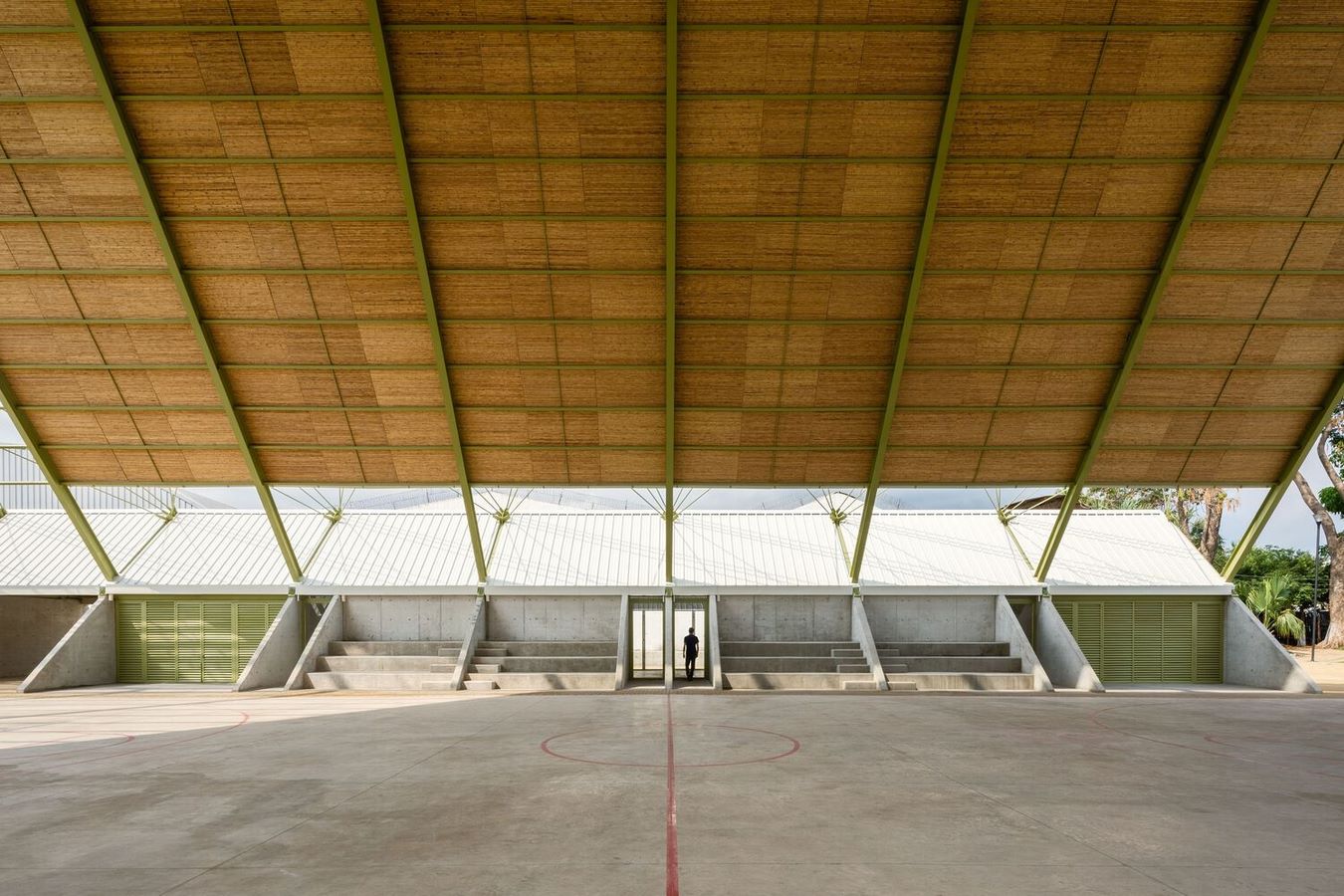
Redefining Urban Connectivity
The project aimed not only to restore the station’s role as an urban connector but also to transform it into a dynamic public park. Strategically designed flexible spaces were integrated to accommodate covered courts, communal dining areas, and recreational zones, breathing new life into the dormant site.
Conceptual Framework: Blending Tradition with Innovation
Drawing inspiration from the rhythmic repetition of train tracks, the architectural concept revolves around a single section housing small-format spaces for various community uses. This section serves as an exposed foundation, supporting a lightweight roof spanning 19 meters in height and 32 meters in width, ideal for large-scale events and public gatherings. Landscape interventions, including slopes, public squares, and community orchards, seamlessly blend with the surroundings, blurring the boundaries between built and natural environments.
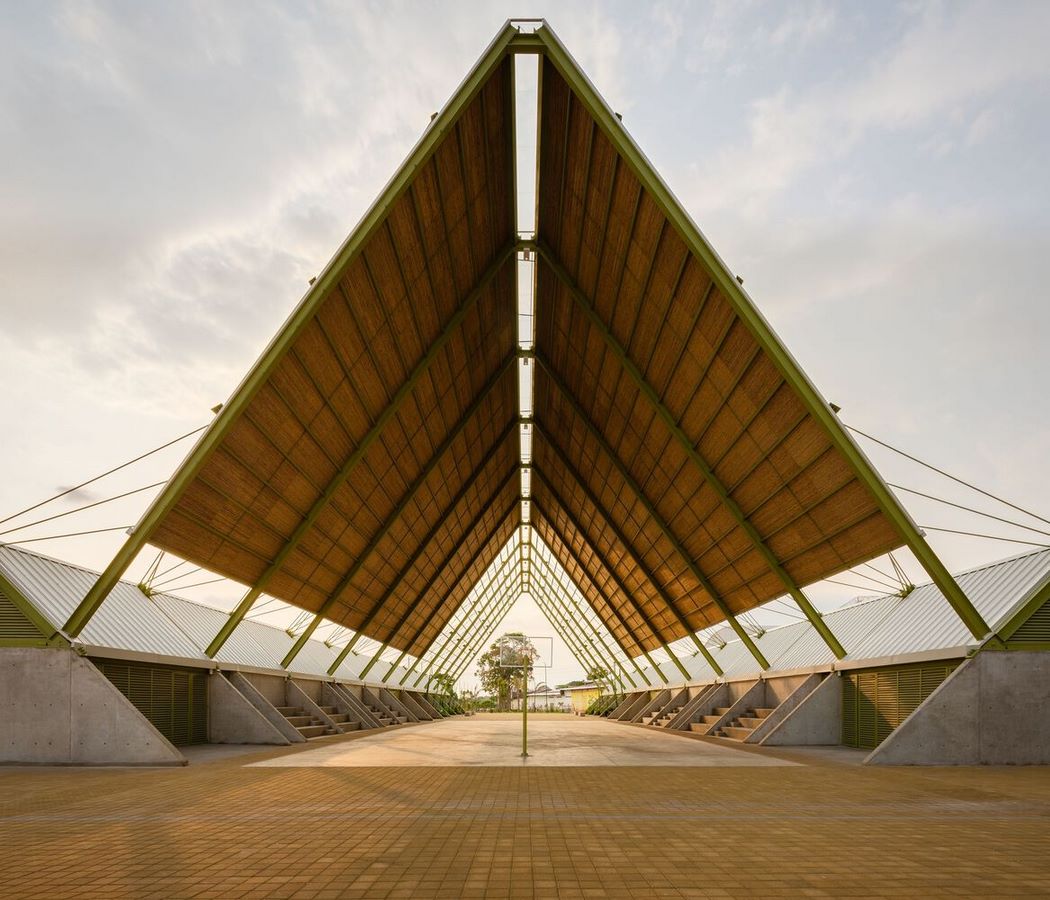
Structural Innovation and Sustainable Design
Incorporating tension elements to ensure slenderness despite seismic and wind considerations, the structural strategy reflects a commitment to sustainability. Tapachula’s status as Mexico’s leading bamboo producer influenced the color palette, with bamboo, steel, and concrete promoting cross ventilation and natural lighting throughout the space.
A Reclaimed Identity
Through meticulous restoration efforts, the Old Station rediscovered its original charm, unveiling structural elements and restoring the texture of its walls. The project not only revitalized the physical space but also reignited the essence of community and cultural memory within the heart of Tapachula.
The revival of Tapachula’s Railway Station stands as a testament to the transformative power of architectural innovation and community-driven initiatives in preserving cultural heritage and revitalizing urban spaces.


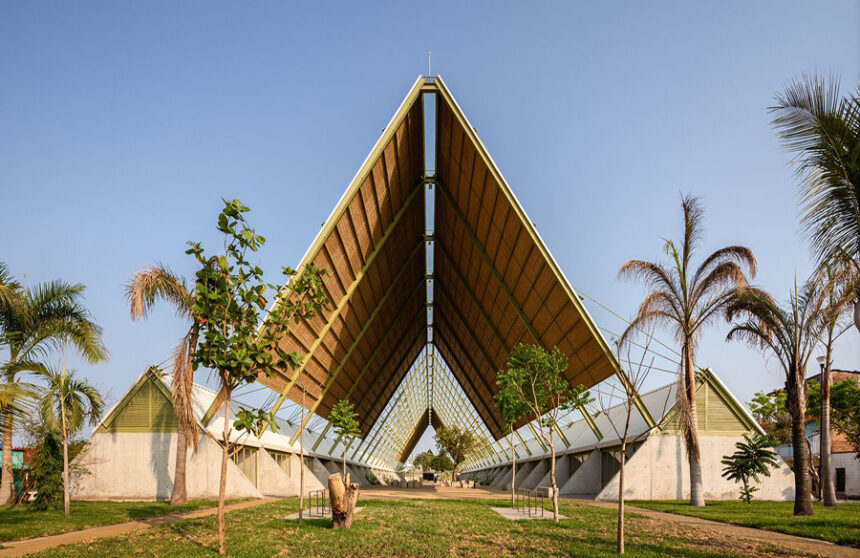
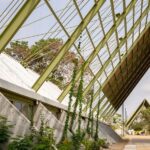

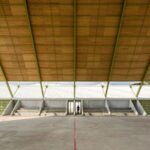
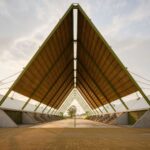
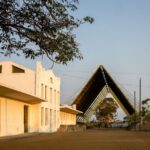
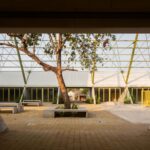
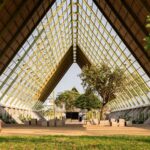
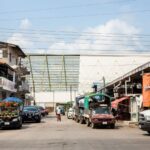
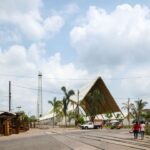

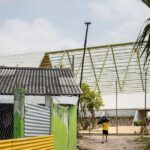
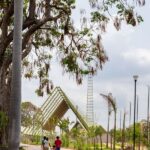
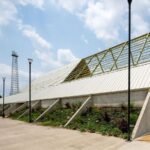
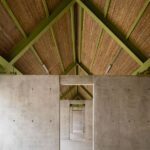
Leave a Reply